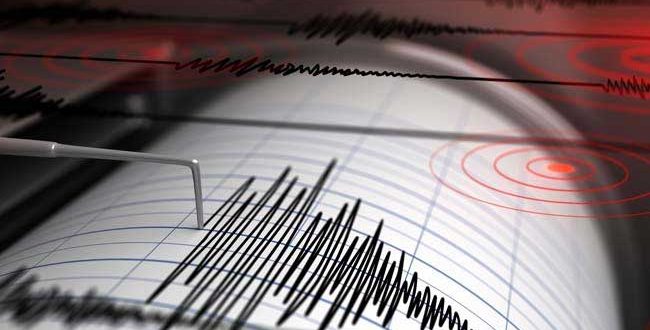Earthquake In Chile:-An earthquake of magnitude 6.2 was felt in the Antofagasta region near Calama, Chile on January 3. The European-Mediterranean Seismological Center (EMSC) has given information about this earthquake.
According to Reuters report, the epicenter of the earthquake was 84 kilometers northwest of Calama and 104 kilometers deep from the surface of the earth. So far no news of any kind of damage has been received.
The video related to the earthquake tremor felt in Chile is also being widely viral on social media, in which it can be clearly seen how the tremor of 6.1 magnitude shook the house. However, ABP does not confirm the viral video.
Tremors due to collision of tectonic plates
Earthquake tremors are felt when the tectonic plates inside the earth collide. Seven plates keep rotating continuously under the earth. When these plates collide at a place, a fault line zone is formed there, due to which the corners of the surface start bending. This creates pressure and the plates start breaking. When the plates break, the energy inside tries to come out, due to which the earth starts shaking and we feel it in the form of an earthquake.
Intensity of earthquake
Richter scale is used to measure the intensity of an earthquake, which is as follows.
- Intensity less than 2.0: It is placed in the micro category and these earthquakes are not felt. About 8,000 micro earthquakes are recorded daily around the world.
- Intensity 2.0 to 2.9: It is placed in the minor category. About 1,000 earthquakes of this category occur every day, but they are not normally felt.
- Magnitude 3.0 to 3.9: This is placed in the very light category. About 49,000 earthquakes of this category are recorded annually. These earthquakes are felt, but hardly cause any damage.
- Magnitude 4.0 to 4.9: This is placed in the light category. About 6,200 earthquakes of this type occur annually, due to which household items may be seen shaking. However, these also cause negligible damage.
 RB News World Latest News
RB News World Latest News






